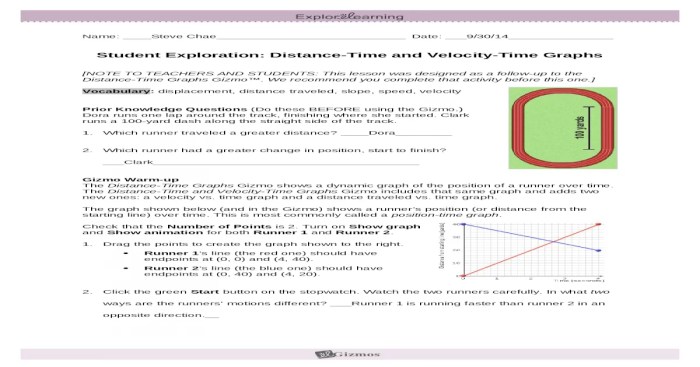Momentum and impulse worksheet answers unveil the intricate relationship between two fundamental concepts in physics. This comprehensive guide delves into the nature of momentum and impulse, exploring their formulas and demonstrating their interplay through real-world examples.
As we embark on this journey, we will unravel the secrets of momentum, the quantity that measures an object’s motion, and impulse, the force that alters that motion. Together, these concepts provide a deeper understanding of the dynamic world around us.
Momentum

Momentum is a measure of the motion of an object. It is defined as the product of an object’s mass and velocity. The SI unit of momentum is the kilogram meter per second (kg m/s).Momentum is a vector quantity, which means that it has both magnitude and direction.
The magnitude of momentum is equal to the product of the object’s mass and speed, and the direction of momentum is the same as the direction of the object’s velocity.Momentum is a conserved quantity, which means that the total momentum of a system of objects remains constant as long as no external forces act on the system.
This is known as the law of conservation of momentum.An example of momentum in everyday life is a bowling ball. When a bowling ball is rolled, it has a certain amount of momentum. This momentum is conserved as the bowling ball travels down the lane and hits the pins.
The momentum of the bowling ball is transferred to the pins, causing them to fall.
Impulse, Momentum and impulse worksheet answers
Impulse is a measure of the change in momentum of an object. It is defined as the product of the force applied to an object and the time over which the force is applied. The SI unit of impulse is the newton second (N s).Impulse
is a vector quantity, which means that it has both magnitude and direction. The magnitude of impulse is equal to the product of the force and the time over which the force is applied, and the direction of impulse is the same as the direction of the force.Impulse
is a conserved quantity, which means that the total impulse of a system of objects remains constant as long as no external forces act on the system. This is known as the law of conservation of impulse.An example of impulse in everyday life is a baseball bat hitting a baseball.
When a baseball bat hits a baseball, the bat exerts a force on the baseball over a short period of time. This force causes the baseball to change its momentum. The impulse of the bat is transferred to the baseball, causing it to fly away.
Relationship between Momentum and Impulse
The relationship between momentum and impulse is given by the following equation:“`Impulse = Change in momentum“`This equation means that the impulse applied to an object is equal to the change in momentum of the object.The relationship between momentum and impulse is important because it allows us to calculate the change in momentum of an object if we know the impulse applied to the object.
This is useful in many applications, such as designing safety equipment and calculating the trajectory of projectiles.
Momentum and Impulse Problems
Problem 1: A 10 kg bowling ball is rolled down a lane with a speed of 5 m/s. What is the momentum of the bowling ball?Solution:“`Momentum = mass × velocityMomentum = 10 kg × 5 m/sMomentum = 50 kg m/s“`Problem 2: A baseball bat exerts a force of 100 N on a baseball for 0.1 s.
What is the impulse applied to the baseball?Solution:“`Impulse = force × timeImpulse = 100 N × 0.1 sImpulse = 10 N s“`Problem 3: A 100 kg car is traveling at a speed of 20 m/s. The car is hit by a 10 kg truck traveling at a speed of 30 m/s.
What is the total momentum of the two vehicles after the collision?Solution:“`Total momentum = momentum of car + momentum of truckTotal momentum = (100 kg × 20 m/s) + (10 kg × 30 m/s)Total momentum = 2000 kg m/s + 300 kg m/sTotal momentum = 2300 kg m/s“`
Helpful Answers: Momentum And Impulse Worksheet Answers
What is the formula for calculating momentum?
Momentum (p) is calculated as the product of an object’s mass (m) and velocity (v): p = mv.
How is impulse related to momentum?
Impulse (J) is the change in momentum (Δp) over a time interval (Δt): J = Δp/Δt.
Can you provide an example of momentum in everyday life?
A moving car possesses momentum. When it collides with another object, the transfer of momentum influences the outcome of the collision.
